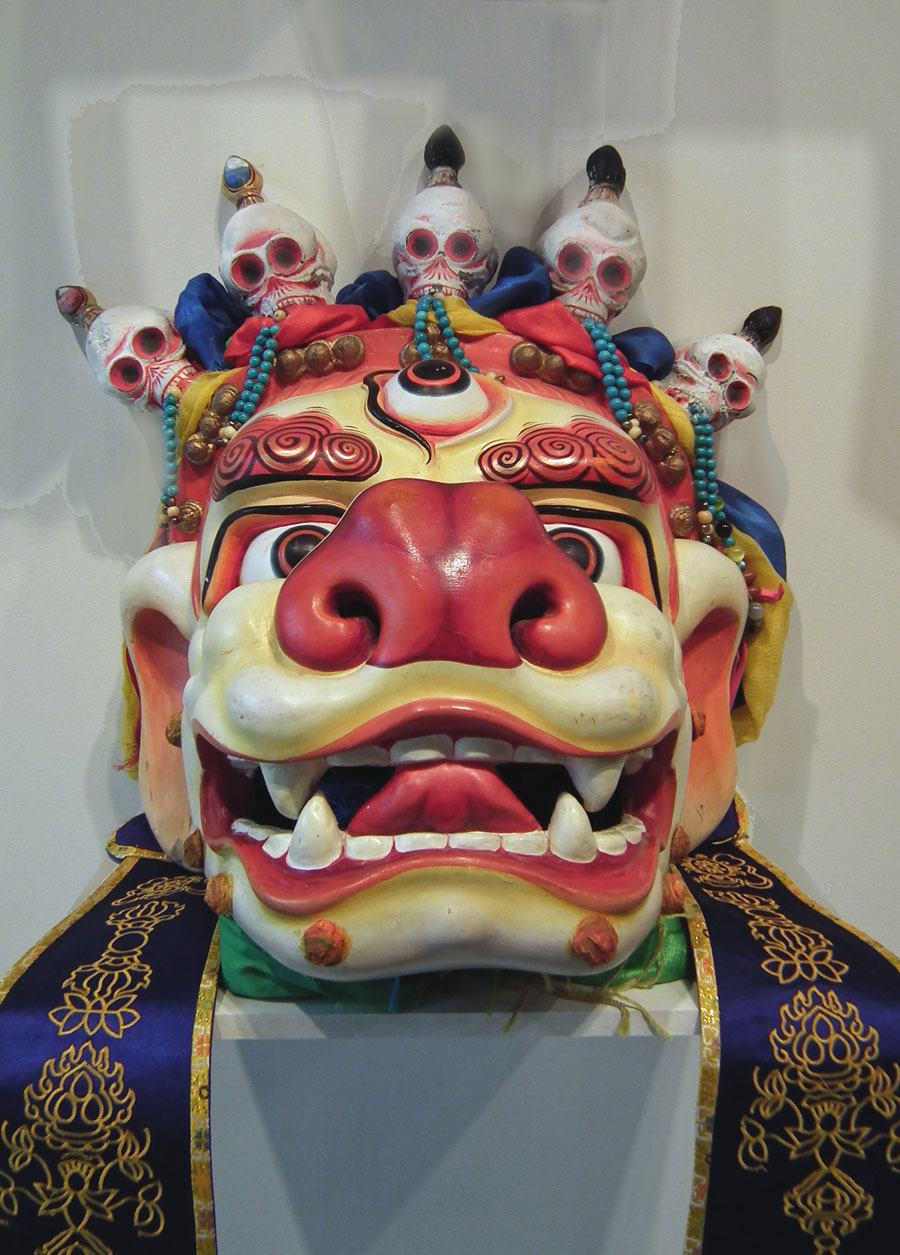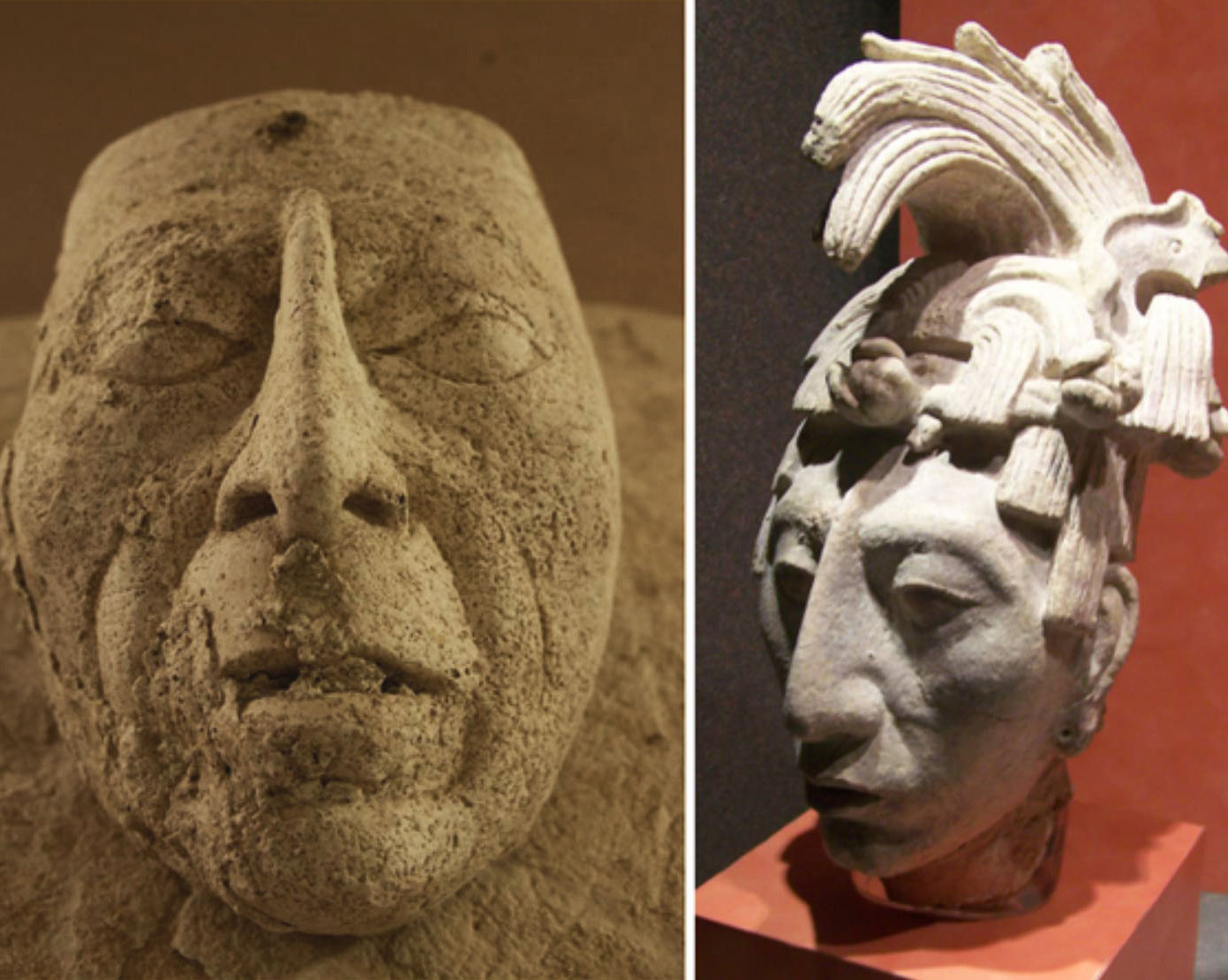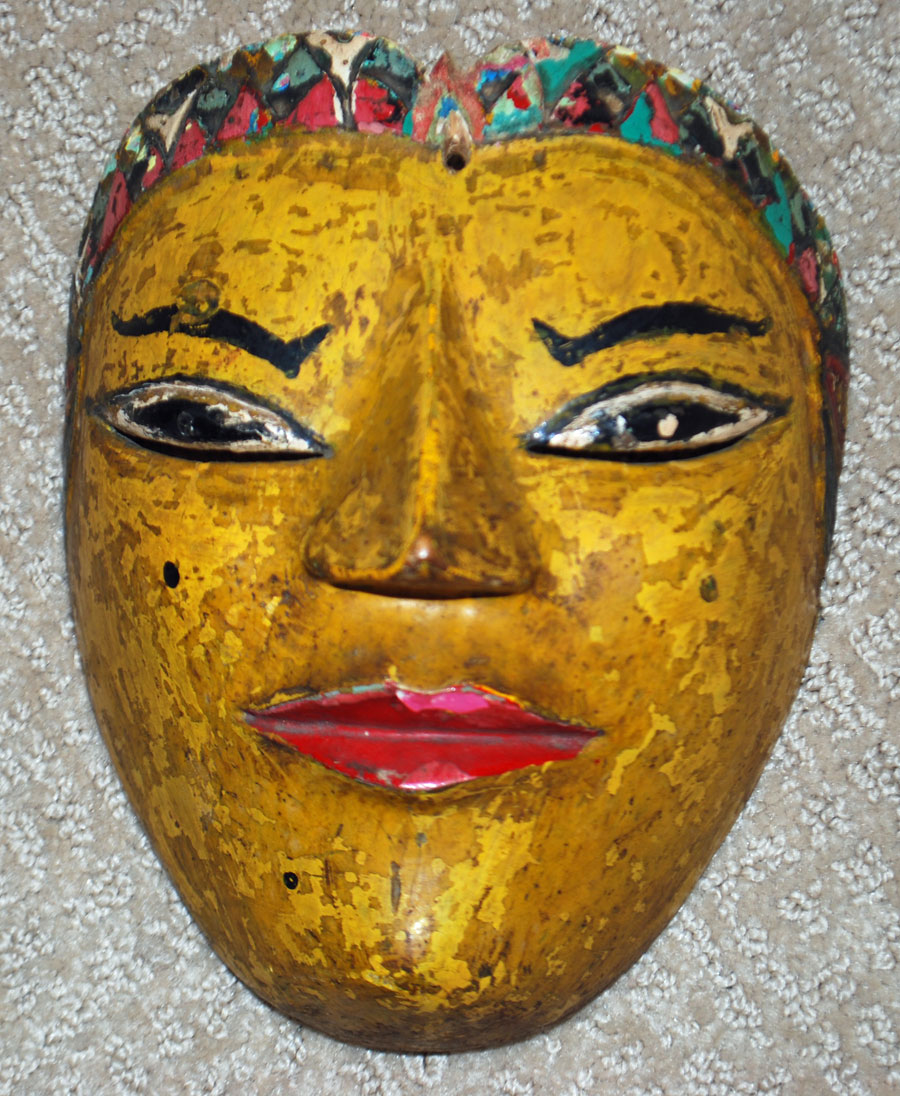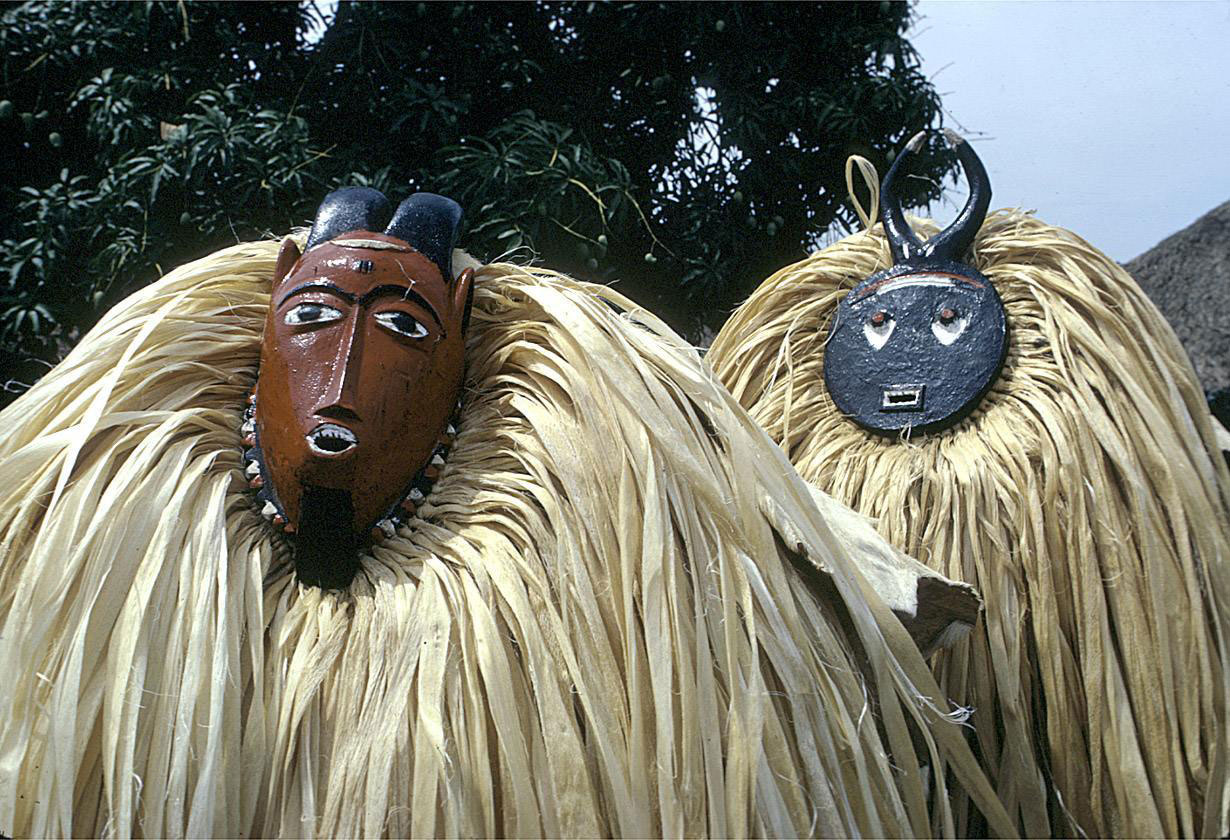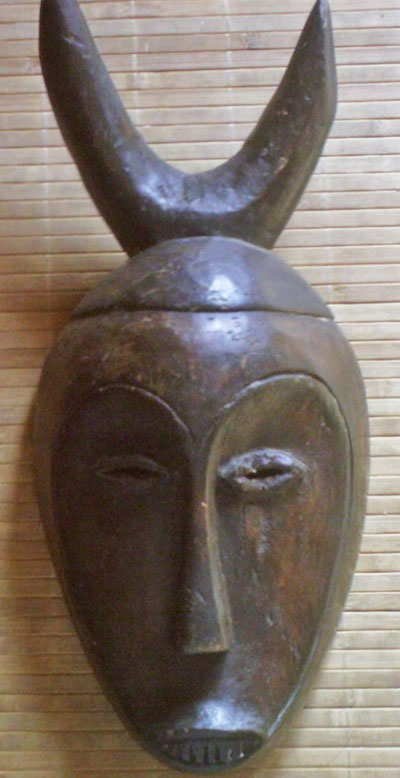 Mongolia, once the second largest empire in the world, is north of both Tibet and China. So the prominent religion of Buddhism is shared with Tibet, and the Mahakala mask is also made for ceremony in Mongolia. This is a good example of the northern version of this famous mask. Can you tell the difference? It is very close, so I have archived this mask under both “East Asia” and “India & Himalayas.”
Mongolia, once the second largest empire in the world, is north of both Tibet and China. So the prominent religion of Buddhism is shared with Tibet, and the Mahakala mask is also made for ceremony in Mongolia. This is a good example of the northern version of this famous mask. Can you tell the difference? It is very close, so I have archived this mask under both “East Asia” and “India & Himalayas.”
Here is a little more history. Since time immemorial Mongolia has been occupied by tribes whose nomadic existence was dictated by the rugged topography and extreme climate of this vast region. More often fragmented than unified, these tribes, nevertheless, shared similar cultures and religious beliefs. Shamanism, an indigenous cult, was an amalgam of beliefs and practices centered on the shaman,. The shaman was a figure who acted as an intermediary between the human and spirit worlds. Lamaism, a form of esoteric or mystical Buddhism introduced from Tibet, however, became the dominant institutionalized religion and the catalyst for large-scale festivals.
Among the most colorful and fascinating of these festivals were the masked dance ceremonies known as Tsam. These ceremonies, introduced in the eighteenth century, were held around the New Year with the purpose of destroying the evil that had accrued during the past year. Performed by monks, the characters portrayed in the dances included a wide variety of terrifying deities from the Lamaist pantheon. Shamanistic deities also made cameo appearances, and shamanistic motifs were often incorporated into the costumes and masks. So compelling are the masks and so strong was the exorcistic atmosphere of the ceremonies that nineteenth-century Western travelers in Mongolia dubbed them the devil’s dances.
With the brutal repression of religion and the destruction of monasteries in the region by the Russian Communist regime in the 1930s, Tsam and other ceremonies were forbidden and many of the masks and paraphernalia destroyed. Today, however, in newly independent Mongolia Tsam ceremonies are once again being performed.
